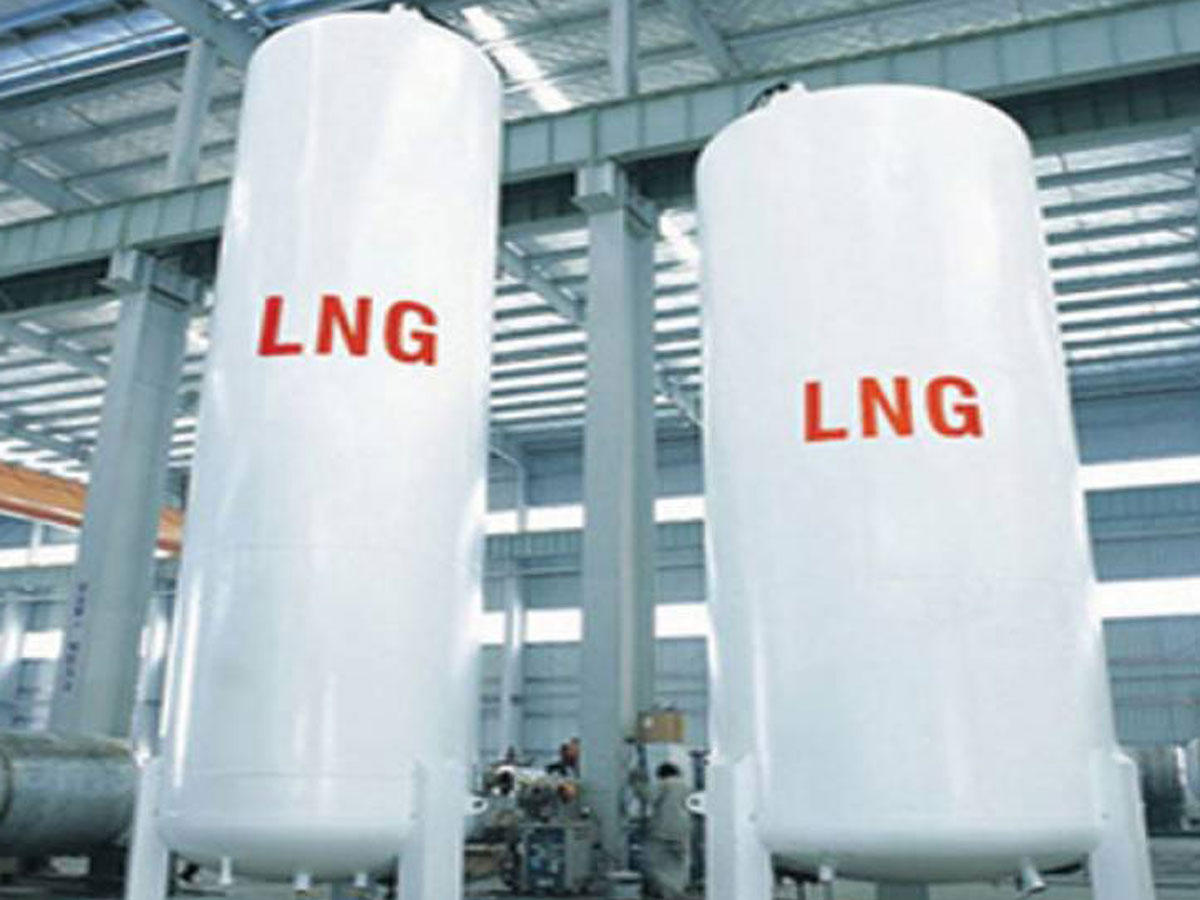BAKU, Azerbaijan, June 20. Floating LNG-to-power projects will grow their share of the market over time, given their greater flexibility and capital cost advantages. LNG-to-power projects can take a variety of forms, Trend reports with reference to Fitch Solutions.
“The majority of projects in operation combine an onshore power plant with either an onshore or offshore regasification unit. Floating power barges and power ships are also in operation, although the majority run on oil. In 2020, the MV Karadeniz Powership Zeynep Sultan, moored in Indonesia, became the first power ship to be fuelled by LNG supplied by a dedicated floating storage and regasification unit (FSRU). In 2021, KARMOL – a joint venture between Karpowership and MOL – delivered the first FSRU to Senegal, to feed the 235MW Karadeniz Powership Ayşegül Sultan, which supplies around 15 percent of the country’s electricity. The JV has also delivered a second FSRU to Brazil, which is readying itself to begin supplying LNG to four power ships from July 2022,” reads the latest report published by Fitch Solutions.
The company analysts note that overall, floating LNG-to-power projects can offer a number of benefits over onshore alternatives.
“The cost of constructing or converting floating facilities is generally lower than for onshore developments and can be completed over shorter timeframes and at specialized shipyards. Onshore facilities are constructed in situ, which can substantially increase capex and project lead times, particularly in remote locations, in high cost labor markets or in the absence of an experienced workforce. Onshore developments are generally subject to more stringent regulations, are more likely to meet with delay and may face greater local opposition. For offshore LNG-to-power projects, there is also a growing
body of vessels available for charter, providing even greater flexibility. Finally, floating facilities can move across different locations, to respond to shifts in demand or in the case of early contract terminations. Given these advantages, we expect strong growth in the floating LNG-to-power segment over the coming years.”
---
Follow the author on Twitter: @Lyaman_Zeyn







